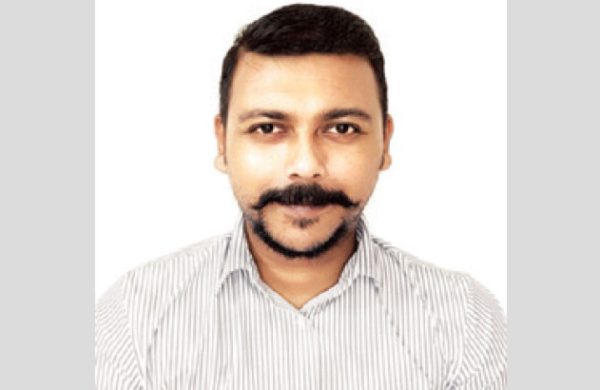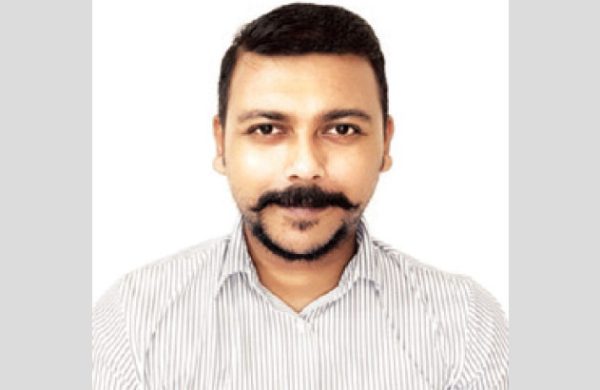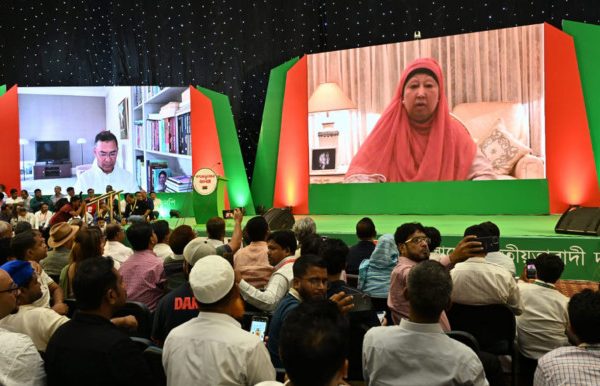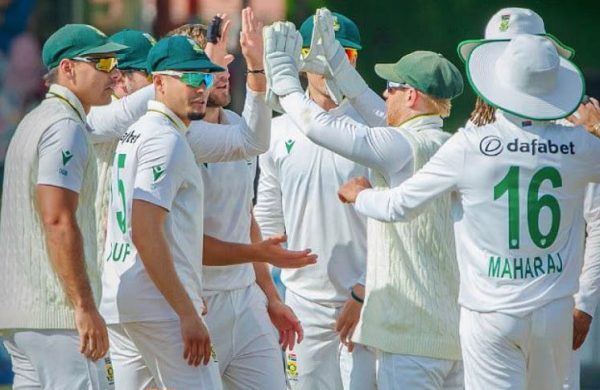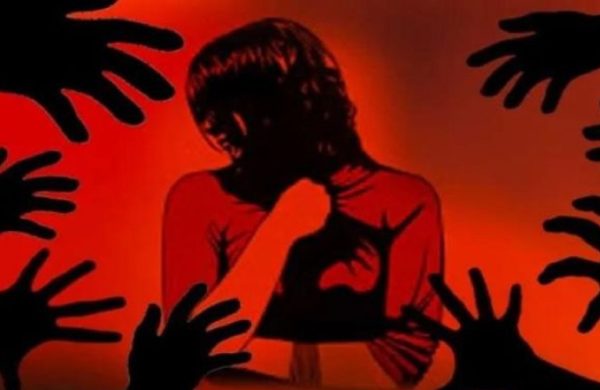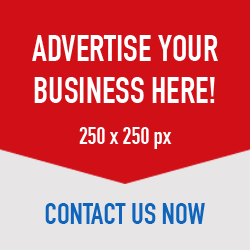The fight against child marriage needs a new narrative
- Update Time : Tuesday, May 7, 2024

Child marriage prevention advocates within the government as well as society at large are understandably frustrated. Eighteen years as the legal age of marriage is part of the national policy. The Child Marriage Restraint Act was passed in 2017 and the National Plan of Action to End Child Marriage was adopted for 2018-2030. Prevention of child marriage is one of the three zeros of the global population agenda of the International Conference on Population and Development (ICPD). There are plenty of advocacy programmes by the government and NGOs decrying child marriage. Instances where child marriage has been prevented tend to garner media attention. Yet, the societal disquiet on the issue is nowhere near on the decline, because statistics and the grapevine continue to suggest widespread and persistent presence of child marriage across the country. Indeed, the latest official data—Bangladesh Sample Vital Statistics (SVRS) 2023 of BBS—paints an alarming picture of 41.6 percent of girls married under 18 and 8.2 percent married under the lower age of 15. In 2020, the respective figures were 31.3 percent and 4.9 percent. Bangladesh Demographic and Health Survey (BDHS) 2022 reiterates such findings. Not only are the rates high, but the trend is in the opposite of the desired direction. Adding to the concern, child marriage is also fuelling associated problems of adolescent pregnancy, gender-based violence, school dropout, and legal minefields. Are we not trying enough? Or are we failing to understand the evolving ground realities where the legal and social, formal and informal, intentions and outcomes are clashing in hugely unintended, unforeseen and unexpected directions? Recent grassroots consultations of the Power and Participation Research Centre (PPRC) in Gaibandha, Cox’s Bazar, Nilphamari and Rangpur have been eye-opening, pointing to factors rarely surfacing in policy discourses at the centre.
Take registration of child marriage, for one. In terms of official formalities, there is a nod to the official age of 18 in that marriage registrars—Qazis—tend to decline to register underage marriage officially. Instead, a vast pseudo-reality has opened up with various less-than-legal registration procedures: notary marriage, bhua (fake or clandestine) registration, registration in a different location with false age declaration, etc. The couple or their families are often told that the marriage will be officially recorded after the girl has reached the age of 18, by which time she may already be a mother, divorced or abandoned.
Many Qazis, particularly in rural or mofussil areas also plead their economic insolvency compelling them to engage in such practices. Whatever it may be, the girl in such a circumstance faces two immediate vulnerabilities. One, she is often thrown out of school because prevailing school norms frown upon a married student in primary/secondary classes. Second, if the husband becomes unhappy for whatever reasons including unmet dowry demands and throws her out, she has little opportunity to legal recourse because the marriage was not “officially” registered. Indeed, two participating judges in the PPRC Cox’s Bazar dialogue vented their frustration at the surreal judicial landscape they are confronted with in such cases. On the ground, both policy and advocacy appear blinded to address such complexities, preferring instead to carry on with “feel good” narrow prioritisations of legal penalties and textbookish awareness campaigns.
The prolonged school closure during the Covid pandemic significantly worsened the above trends. Research on the impact of policies adopted to respond to the pandemic have only scratched the surface. Two issues that did get some attention, also in the PPRC-BIGD Covid impact research, are learning loss and mental health. But the grassroots consultations conducted by the PPRC in 2023 hinted at deeper impacts in terms of what I call awareness loss, particularly on issues such as girls’ rights, value of education, and civic engagement. Such awareness loss has been exacerbated by the prevailing political environment at the grassroots, which appears to fuel lack of accountability and a culture of impunity as well as turning a blind eye to the spread of toxic masculinity. There is little wonder that parental concern with security of their girl children is arguably becoming as big a factor as patriarchal norms in driving high rates of child marriage.
There has also been another major change factor that is yet to come on the radar of national-level policy and advocacy discourses, and donor discourses too. The views of grassroots stakeholders at the PPRC’s 2023 regional consultations pointed to the agency of the adolescents themselves–both boys and girls aided by digital technology to be as big a driver of child marriage as broader societal norms. A female school principal in Gaibandha explained how widespread “bunking”—absence from classes during school hours—has become. Adolescents appear to have taken to such surplus “free time” with gusto, one consequence of which is proliferation of “internet romances.” This in itself is not a concern, but certainly becomes one when such technology-aided social interactions prematurely land in child marriages.
A few weeks ago, in an event marking International Women’s Day where I was giving a keynote presentation, the state minister for women’s and children’s affairs essentially reiterated this concern from her own experiences of dealing with such issues in Kapasia, her constituency, with both brides and grooms being underage. Arguably, there is also a deeper crisis of education here with prevailing over-bureaucratised and top-down dispensing of education failing to hold the adolescents’ interest.
The rising trend of child marriage in 2024—six years from the SDG end-line of 2030—is a wake-up call if ever there was one. Such high rates also underlie the stolen youth of our girls, rising counts of gender-based violence and perpetuation of inter-generational poverty through the unacceptably high rates of adolescent pregnancy. The false narrative comfort of legal penalties and textbook advocacy needs to be transcended with an urgent narrative reframing on child marriage with closer eyes and ears to the ground. There are specific knowledge gaps to be overcome with new research. Radical policy prescriptions, such as making secondary education compulsory, need to be introduced in the policy discussions. Honest soul-searching has to be undertaken on how to reorient education from its current over-bureaucratised, over-commercialised and unequal dispensing to become the quality driver of national aspirations it should be. Above all, we have to ensure the quality future that our girls and boys deserve.


